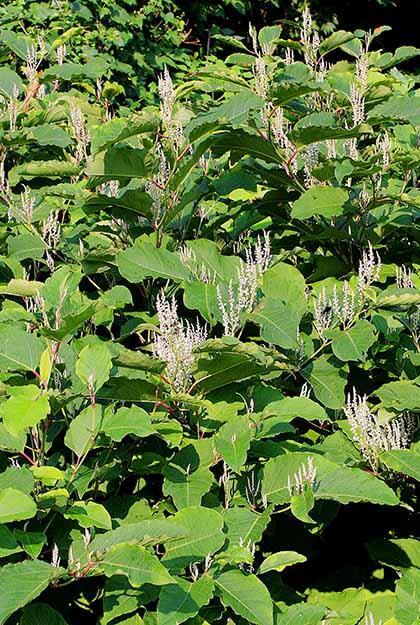By Joe Anuta
The invasion has already begun.
But a Fresh Meadows councilman wants to stop foreign plant species from further infiltrating Queens before they can harm the borough’s ecosystem and threaten future environmental projects.
City Councilman James Gennaro (D-Fresh Meadows), chairman of the Council’s Environmental Protection Committee, recently proposed a bill that would create a 12-member, invasive species advisory board to address issues about the borough’s and city’s plant life.
“The battleground for invasive species is in many of the city’s parks and wetlands,” he said. “There are very nice natural areas that have been completely taken over by invasive species.”
As an example, Gennaro cited Willow Lake in Flushing Meadows Corona Park, which has been completely taken over by 10-foot-tall stalks of Phragmites.
But these and other imposter plants blend in so well that residents might not even know they are invasive, according to Robert Naczi of the New York Botanical Garden.
“A lot of people, especially if they’re not from the area, might think it’s part of the natural environment,” he said.
So if it looks the same, why should anybody care?
Naczi cited Japanese Knot Weed as a prime example of a local invasive species.
“Very quickly it grows to be tall and bushy. It can be 6 feet tall,” Naczi said. “It has rapidly invaded our area.”
The Japanese Knot Weed does just that. It grows so fast in flood plains, takes up so much space and blocks sunlight from other plants that nothing else around it can grow. It can take over creeks and streams throughout the city.
And a lack of indigenous plants can throw the whole ecosystem out of alignment.
“The whole food chain is affected,” Naczi said. “Native plants provide food for game animals, birds, small animals and insects.”
Invasive species can also harm the economy. Johnson Grass is an invasive weed that edges out crops on farms around the state.
The proposed board will take several measures to slow the spread of the destructive plants.
First, it will regulate any commerce that might import invasive species along with goods into the city. For example, Naczi said contaminated plant seeds that are imported from another area can contain invasive species. Research and educational institutions like the New York Botanical Garden also import a variety of plants for study purposes.
But there are even people who import invasive species for their beautiful looks or quick-growing and resilient natures, not realizing the havoc such plants could wreck on the environment, according to Gennaro.
“We want to prevent folks from unknowingly going to the nearest nursery and purchasing some of the worst kinds of invasive species,” he said.
Gennaro said the board will make an invasive species list to prevent dangerous plants from being grown in the city.
The board would not only protect the existing biodiversity of the city, but protect million-dollar, environmentally friendly investments that the city hopes to implement in the coming decades.
PlaNYC 2030 and the Green Infrastructure Project both project increased green spaces in the city in the coming years, and those spaces could fall victim to invasive species.
Reach reporter Joe Anuta by e-mail at januta@cnglocal.com or by phone at 718-260-4566.
































